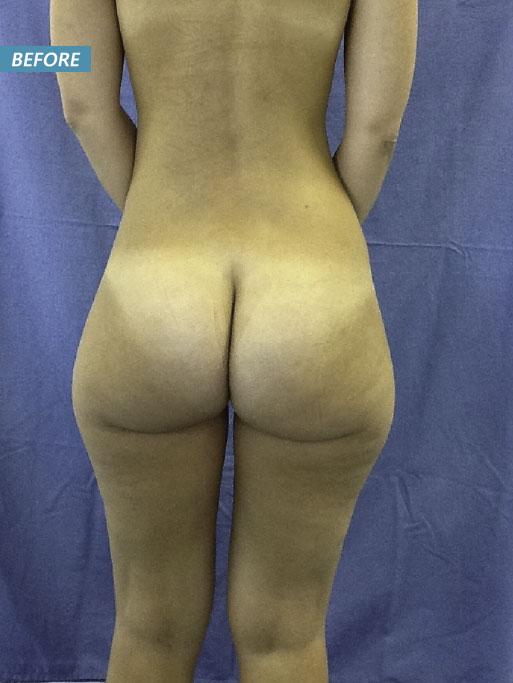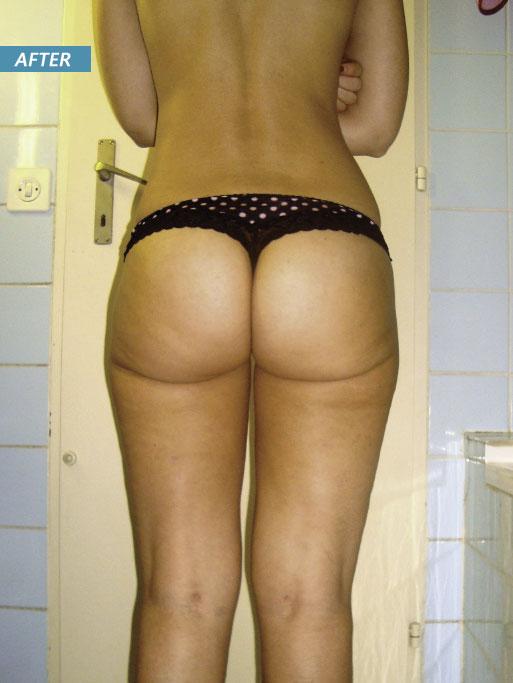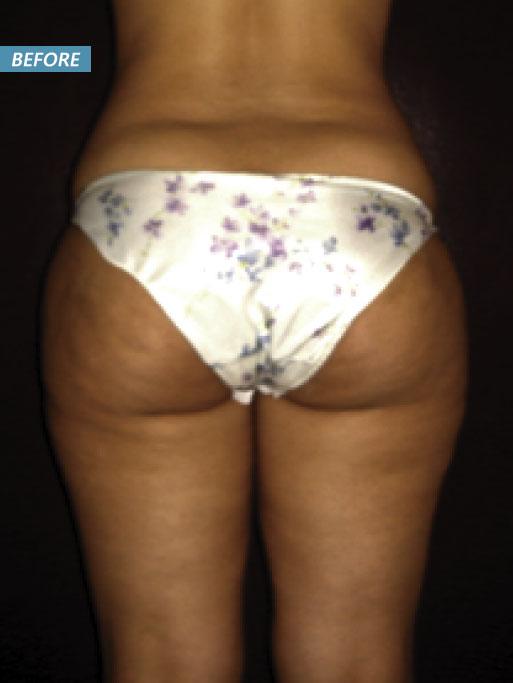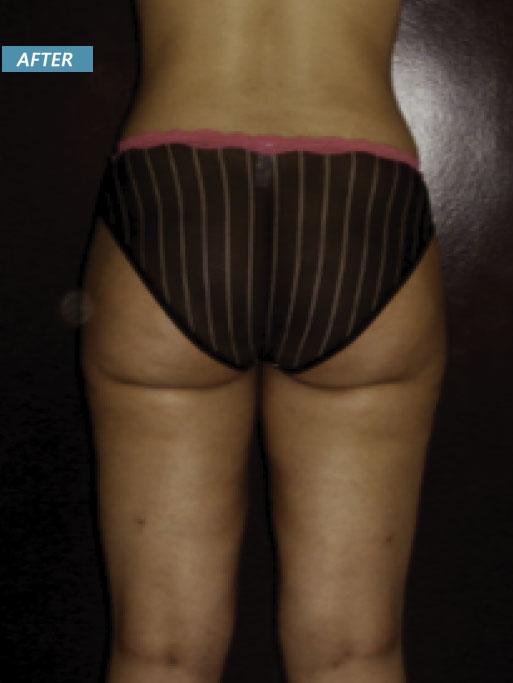Liposuction is a popular type of cosmetic surgery. It removes unwanted deposits of excess fat to improve body appearance and to smooth irregular or distorted body shapes. The procedure is sometimes called body contouring.
Liposuction may be useful for contouring under the chin, neck, cheeks, upper arms, breasts, abdomen, buttocks, hips, thighs, knees, calves, and ankle areas.
Liposuction is a surgical procedure with risks, and may it involve a painful recovery.
Tumescent liposuction (fluid injection) is the most common type of liposuction. It involves injecting a large amount of medicated solution into the areas before the fat is removed (sometimes, the solution may be up to three times the volume of fat to be removed). The fluid is a mixture of local anesthetic (lidocaine), a drug that contracts the blood vessels (epinephrine), and an intravenous (IV) salt solution. The lidocaine in the mixture helps to numb the area during and after surgery, and may be the only anesthesia needed for the procedure. The epinephrine in the solution helps reduce the loss of blood, the amount of bruising, and the amount of swelling from the surgery. The IV solution helps remove the fat more easily and it is suctioned out along with the fat. This type of liposuction generally takes longer than other types.
Most patients are satisfied with the result of the surgery.
Your new body shape will begin to emerge in the first couple of weeks. Improvement will be more visible 4 to 6 weeks after surgery. By exercising regularly and eating a healthy diet, you can help maintain your new shape.










